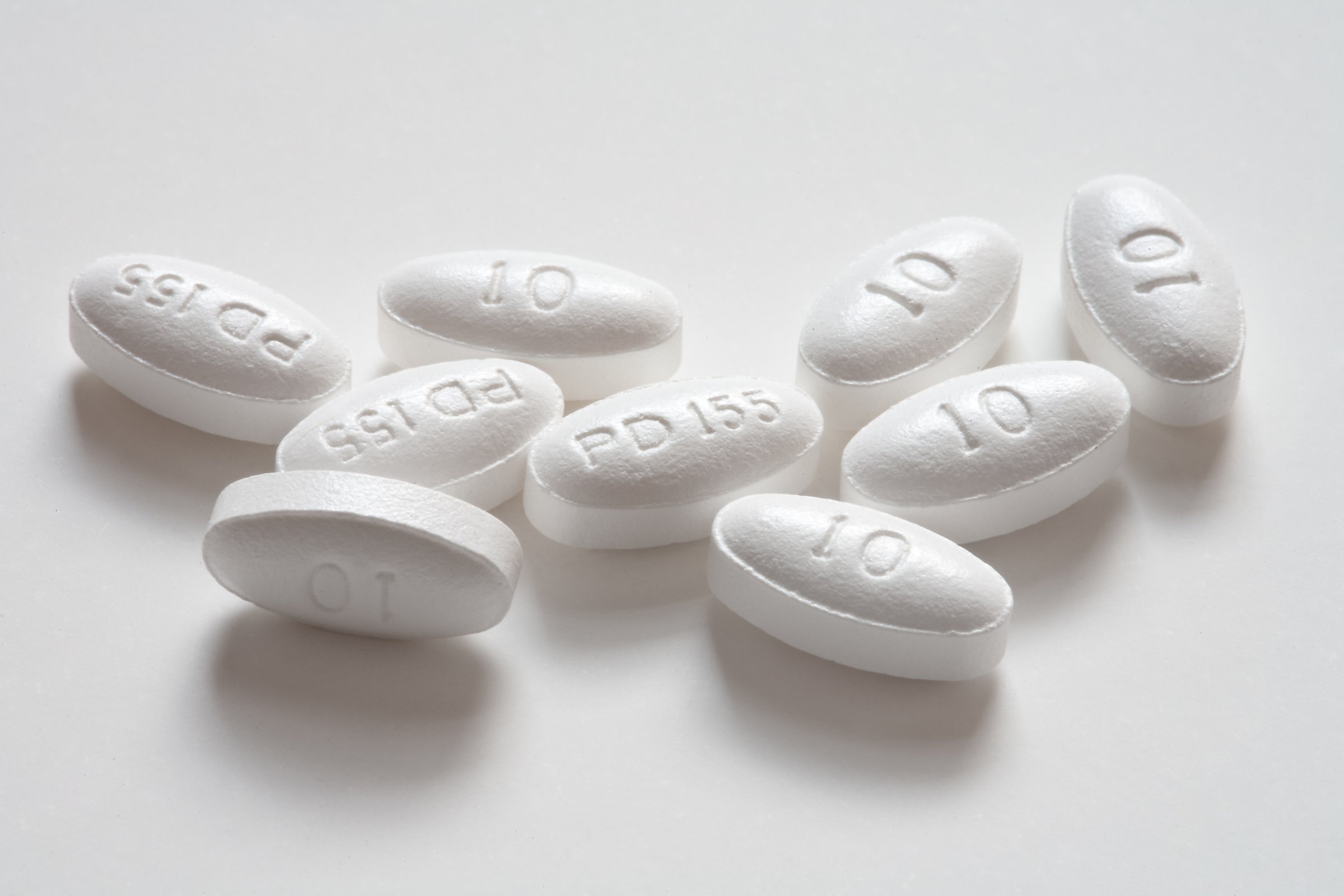
Statins are the perfect example of a blockbuster drug; they’re extremely good at lowering cholesterol levels and reducing risk of heart events, they’re relatively safe to take, and they’re widely prescribed, since heart disease continues to be the leading killer of Americans.
But statins aren’t the only way to lower cholesterol. Others include changing diet, having surgery to shorten part of the intestines or taking different drugs. How do statins compare to these?
In a new report published in JAMA, Dr. Marc Sabatine, a cardiologist at Brigham and Women’s Hospital and professor of medicine at Harvard Medical School, and his colleagues scanned 49 trials involving nine different ways to lower cholesterol in more than 300,000 people to find out. The cholesterol-lowering strategies fell into four main groups: statins, which work by reducing the amount of cholesterol made in the liver and increasing the liver’s ability to pull LDL cholesterol out of the blood; other strategies that work similarly to statins but aren’t statins, such as diet and the drug ezetimibe; fibrates and niacin, which increase HDL levels and in turn lower LDL levels in the circulation; and the newest class of cholesterol-lowering drugs, PCSK9 inhibitors, which, like statins, increase the liver’s ability to clear LDL from the blood through a different gene.
Sabatine found that the statins and the drugs that work like statins, but aren’t, both reduced the risk of heart events by about the same amount: for every 40mg/dL drop in LDL, there was about a 23-25% reduction in the risk of a heart attack, stroke, need for interventions like a stent or death from heart disease. The fibrates and niacin—which haven’t been as popular in recent years because some studies haven’t shown they can reduce heart events appreciably—also showed some benefit, but not as much as the statins and the strategies that work like statins. (In fact, the Food and Drug Administration recently withdrew approval for these agents in combination with statins to lower cholesterol.) The newest drugs, the PCSK9 inhibitors, also showed benefit, but since they were only recently introduced on to the market, there haven’t been enough long-term studies to solidify their benefit in comparison to statins.
The results are enlightening, given that in 2013, the American Heart Association and the American College of Cardiology—the country’s leading heart health organizations—revised their recommendations for treating cholesterol and shifted attention away from a target LDL, instead focusing on lowering cholesterol by any amount, from whatever baseline, to reduce risk of heart disease. In doing that, they put a greater emphasis on statins as a first-line therapy to reduce cholesterol. As a result, statins have become the go-to drugs for cholesterol and the only ones many doctors, especially primary care physicians, rely on to help their patients keep their LDL in check.
“If you look at older versions of the guidelines, there was a focus on getting LDL cholesterol down through a series of different options,” says Sabatine. “Then there was a pivot away from that and an intense focus on statins, which are great drugs and highly effective. But these data remind us that we need to focus on treating the risk factor, which is high cholesterol, and think about what the right tools are for doing that.”
The findings should provide hope for people who can’t tolerate statins or are worried about the rare side effect of muscle weakness linked to the drugs. Sabatine also says that as data continue to show that lower is better when it comes to LDL, the results may also inform doctors about how to add other non-statin therapies to statins in order to help people achieve much lower levels than are currently recommended. That may finally start to lower rates of heart disease and drop deaths from heart attacks as well.
“In our country the average LDL is 120 to 130 mg/dL, but that doesn’t mean it’s normal,” he says. “In studies of hunter-gatherer populations where there is virtually no coronary disease, LDL is around 25 to 50mg/dL. So there is a need to sort out the relationship for what LDL levels should be, but all of the data so far support the benefit of lowering to levels far lower than we current consider normal.” At least these results show that we may have several options for achieving that.
More Must-Reads From TIME
- The 100 Most Influential People of 2024
- Coco Gauff Is Playing for Herself Now
- Scenes From Pro-Palestinian Encampments Across U.S. Universities
- 6 Compliments That Land Every Time
- If You're Dating Right Now , You're Brave: Column
- The AI That Could Heal a Divided Internet
- Fallout Is a Brilliant Model for the Future of Video Game Adaptations
- Want Weekly Recs on What to Watch, Read, and More? Sign Up for Worth Your Time
Contact us at letters@time.com